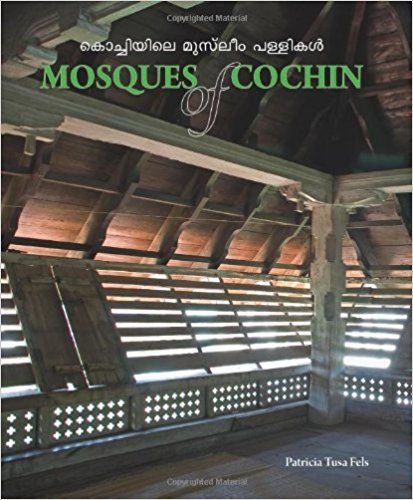No book could be more concise, vehement, avid and well researched on the mosques of Cochin. No scholar has taken interest in researching this important architectural heritage, and updating the required information in this context and bringing it to public domain, like Patricia Tusa Fels has done in this elegantly designed book. It deals with the complex issues of preservation and sustainability in regard to dying techniques and practices in architecture particularly in cases of vernacular heritage and she explores the mosques, product of a long history and a distinct cultural sensibility. She does this without over-emphasizing the urgency for sensitive conservation. The book brings to notice many important aspects of this genre of architecture, which remained for centuries vernacularly secular in spirit even when functioning as a space for religious observan-ces, till, relatively, recent times. The author explores the history of mosque architec-ture in a part of India which has indeed enjoyed a quiet synchronization of a civil society which found many ways to connect various and numerous belief systems. Things may not appear so any longer.
The urgency is expressed by the author who makes us see the dismantling of a social fabric that could hold its own in all historical situations. She makes us sit up and draws attention to a system of architectural idiom and its vernacular expression and see it as an extraordinary human heritage that needs to be preserved and cherished with understanding and consistent public and state effort. It talks of innovative initiatives both on the part of the state and individuals in charge of mosque architecture in Cochin.

